Recently our church has been studying the book of Joshua, one of the hard-to-swallow books of the Bible, in which God sanctioned the killing of people, conquest, the acquisition of plunder, and ancient cultic practices like circumcision. This raises some obvious questions about God and the Bible. How are we supposed to understand this ancient book in light of the modern era? Two weeks ago we began answering this question in our article, Is God a Moral Monster?. Today we are looking more broadly at how to interpret any Bible passage.
What are the rules for interpreting the Scriptures accurately and uniformly? Why don’t we still “greet one another with a holy kiss” (Romans 16:16), abstain from shellfish, and sacrifice animals when we worship God. And yet we do still “lay hands on the sick,”(Acts 8:18-19) believe in spirits, and preach Jesus’ resurrection from the dead. Somehow we shut the closet door to so much weirdness by claiming “well, that was the Old Testament.” Yet, even in the New Testament the merciful God seemed to kill Ananias and Sapphira for their act of deceit (Acts 5). How do we understand and interpret these broader narratives that we read?
How We Approach the Bible
Clearly the Bible needs interpreted. The practice of washing feet and reclining on rooftops are no longer fashionable in most places. And commands given to Israel to dress or eat a certain way never applied to Gentiles who didn’t have a relationship with God yet. The Mosaic Law was not intended to be a universal prescription for all nations at all times and in all places. It was given to a specific group of people, in a specific location, and at a specific time in history. Even still, “slave” holders in the antebellum South were twisting Scripture[1] to abuse people and justify their greed. How do we avoid manipulating Scripture to serve our own agenda?
In order to understand what God was doing we have to understand the context in which he was doing it and understand the grand story of human redemption he was telling through the entire arc of the Bible. Whether you’re just reading devotionally or doing a research paper, there are three distinct movements we move through when interpreting a particular Biblical text: Movement One. History—What did it say? Movement Two. Meaning—What did it mean? Movement Three. Application—What does it mean to me?[2] This sounds deceptively simplistic, yet there’s a lot involved that we won’t be able to fully unpack. I just wanted to point us in the right direction.
Question #1: What was the originally intended meaning to its original audience?
The fancy word for this is “Exegesis.” We’re getting into our time machine and traveling back into history. We have to become historians, anthropologists, textual sleuths, and narrative tellers. We’re trying to assemble the puzzle pieces of historical details, geography, culture, literary categories, and word semantics to figure out the author’s intended message. In this respect, the Bible is, first and foremost, a record of God intervening in the past. Its meaning is fixed in history and can’t be adapted to suite any modern agenda.
Scholarship and research are vitally important because they help us see the truths in the Bible more accurately. There are a host of tools you need in your toolbox to help you do this well. Historical information clarifies the original meaning of the original author. Occasionally scholarship may radically reshape how we understand certain parables or intended messages, but usually insights are incremental.
Here are a few simple examples. When Jesus says, “it is easier for a camel to go through the eye of a needle,” Different scholars have advanced different opinions about the historical meaning of this phrase the “eye of a needle.” It doesn’t totally change the meaning but does soften or harshen the severity of his message about money. A second example might be to understand the role of “covenants” in ancient tribal culture: what were the covenant cutting ceremonies like and why were they so important? Having accurate historical information helps us dust off the history from the Bible so we can better interpret its meaning.
The following examples are books that help us more accurately read the Bible (click for more description):
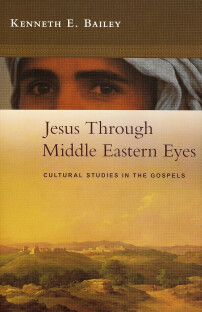
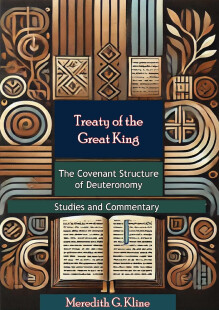
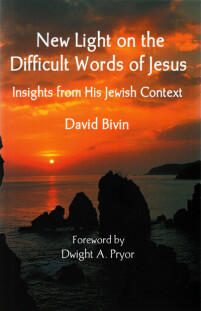
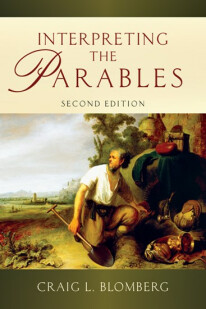
Question #2: What is the timeless truth we learn from this?
The Apostle Paul says, “Greet one another with a holy kiss.” Should we still be literally practicing that? We want to understand the “Why” behind the “What.” It would seem that the “holy kiss” was a display of hospitality and a sign of inclusion into the community. The timeless “why,” we might conclude, is to “welcome people into your fellowship with generous hospitality.” How we “welcome” people might look differently in Israel, Japan, Kenya, or the United States, but the universal principle of generous hospitality remains true however your culture expresses it.
Our goal in Bible study is to know the timeless truth about who God is and how he relates to us. It is couched in the bigger story of God’s saving work through Jesus the Messiah. There is a sense of progressive revelation through the Bible. Like any relationship, we learn more about God each time he shows up in our human story. Hebrews 1:1-2 says it this way, “In the past God spoke to our ancestors through the prophets at many times and in various ways, but in these last days he has spoken to us by his Son.” The details of a specific command or story makes sense in light of the bigger picture.
As we read specific texts how do we husk the cultural application off of the kernel of timeless truth? At the risk of offering you too many details, here is a list to help you differentiate. If you don’t want to read these just skip to question #3.
9 Tests for Separating the Timeless Truth from the Timely Culture:
1. Universality
Does this command make sense to anyone, anywhere, at any time, or does it need to be explained because of cultural nuances. Ie. “You shall not lie” versus “build a parapet.”
2. Centrality
Distinguish between the central core message of the Bible, and what is peripheral. i.e. Resurrection versus a seventh day sabbath.
3. Morality
Distinguish between actions the Bible views as inherently moral and what are not. i.e. Adultery or lying versus cleanliness or dietary laws.
4. Unity
Pay special attention to items where the scriptures present a uniform and consistent account as opposed to where there are differences from one passage to another. i.e. prohibition of homosexual behavior versus a diversity of women’s roles practiced in the community.
5. Situational
Differentiate between a correction prompted by specific situation and the regular practice of the community. i.e. Lifting up holy hands in worship—after resolving your disputes versus the practice of everyone contributing to worship with a psalm, hymn, spiritual song.
6. Definition
Stay alert to subtle differences between the words, terms, and ideas that are being conveyed in the original text and how these might be defined differently today. i.e. Slavery in America versus slavery in Old Testament.
7. Separation
A writer may use a timeless truth to subsequently enforce a specific application into their local context. We must be able to distinguish the principle from the application being made. i.e. 1 Cor 11:2-16
8. Options
If the New Testament writer had many options and selected one application then chances are greater that it is timeless. If the New Testament writer had one option or limited options it increases the chances that the application is culturally bound. i.e. Commanding Timothy to drink wine, versus the options of modern medicine.
9. Application
If later use of an application becomes contradictory to Biblical principles or truth, then that application is probably temporary in nature. i.e. Building a parapet in a culture with steep roofs negates the purpose of the law.
As you can see, the second step of interpretation is anything but simple. It requires discernment and meditation.
Question #3: How do we apply this truth today!
At this third stage of the interpretive journey we want to know how to express God’s biblical truths in our world today. Let’s pick up on our timeless truth of “generous hospitality.” How do we practice that in Latin America versus Norway? Or when hosting a dinner party? Or in our church’s Greeters Ministry? Or, for another example, if a timeless truth is, “human life is valuable,” then how do we practice safety protocols in our workplaces, or practice caring for the elderly, for example?
Sometimes real-life situations are complex and two truths are in tension: one truth may be that God hates war and violence, yet another may be that we are called to resist evil and stand for justice. The Scriptures don’t give us tidy formulas on issues like war, the extent of legal punishment, the level of Church involvement in politics, the interaction of male and female roles in the home and church, or the details of Jesus’ second coming. It takes discernment, humility, collaboration with others, and the guidance of the Holy Spirit to know how to interpret and apply these in ways that express God’s character. How do we imitate the truthful and loving Creator to his creation? That is our ultimate goal.
Summary and Resources
Interpreting the Scripture begins with a process that requires us to observe, think, research and use our minds. Then it morphs into a process that requires us to open our hearts to the Lord and know his “ways.” And finally it ends with a process that requires us to act out his truthful and loving character through our habits and behaviors. We apply, grow, mature, and transform as we practice the truths we witness about God in his Word.
If you’re looking for additional resources and tools to practice these three steps of interpretation—historical observation, interpretation, and application—here are a few to help you get started (click for descriptions).
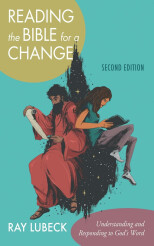
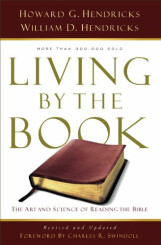
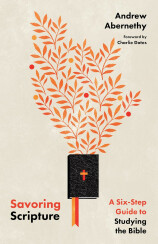
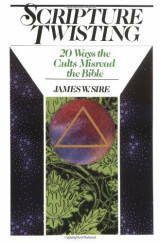
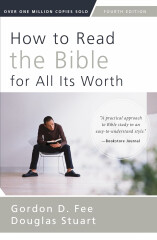
[1] For an interesting read check out James Sire’s Scripture Twisting.
[2] These three questions I’m using from Terry Powell’s book, Now That’s a Good Question.
Tags: truth, resources, bible, culture, history, scripture, old testament, interpretation, narrative, meaning, application, hermeneutics, agenda, exegesis, observation, strange, manipulate